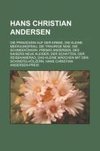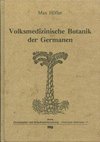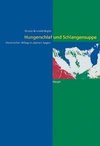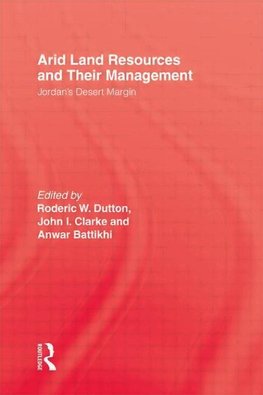
-
 Anglický jazyk
Anglický jazyk
Dutton: Arid Land Resources & Their Mana
Autor: Roderic W. Dutton
The arid lands, or Badia, of north-east Jordan have been the subject of many forces of change throughout the course of the twentieth century, particularly since the end of the First World War. National boundaries drawn in the 1920s separated Jordan's... Viac o knihe
Na objednávku, dodanie 2-4 týždne
372.33 €
bežná cena: 413.70 €
O knihe
The arid lands, or Badia, of north-east Jordan have been the subject of many forces of change throughout the course of the twentieth century, particularly since the end of the First World War. National boundaries drawn in the 1920s separated Jordan's Badia from similar areas in Syria, Iraq and Saudi Arabia. This meant that the people living within these new boundaries became Jordanian and had to develop a set of relationships with the new Jordanian government in Amman which now provides basic services to the population, including education, health care, electricity and water. Then in the 1930s the Iraq Petroleum Company (IPC) built a pipeline through northern Jordan, creating the pumping station settlements of Ruwayshid and Safawi. Today, although some Badia pastoralists retain their traditional lifestyle of full mobility with their sheep and goats, most are only partially mobile for parts of the year or have adopted a fully settled way of life in a cluster of new villages. Vehicles have replaced camels for most forms of transport except desert police patrols, but a growing number of sheep and goats overgraze the natural vegetation and are dependent on imported grain-based concentrates for survival during much of the year. Irrigated farming has been introduced, and a network of paved roads has been built.
These many changes to the population, the resource base and the management of the Badia's natural resources are the subject of the Jordan Badia Research and Development Programme. This volume presents the main research findings from the first phase of the Programme, which establish a baseline for the natural and human resources of the area. The programme, long-term, is also
deeply concerned with questions of economic and social productivity. The aim of the research is to provide decision makers, in both the national government and local households, with the information they require for sustainable management of Badia resources by government agencies and local people on behalf of the population and the nation as a whole.
The first two overview chapters define the changing relationship between the people and their environment and describe the natural resources upon which the people in the Badia depend. Subsequent chapters divide into groups. Chapters 3-10 cover aspects of the hydrological cycle from precipitation to water demand. Chapters 11-13 look at aspects of the relationship between rainfall and irrigation and geomorphological processes. Chapter 14 includes a checklist of the flora including rain-dependent grazing plans. Chapter 15 deals with the changing pastoral system for the management of sheep and goats. A final group of papers describes demographic change, aspects of social structure and discusses the provisions ofhealth and education services. The volume concludes with a selection of abstracts of papers by Jordanians authors in Arabic and in English.
- Vydavateľstvo: Routledge
- Rok vydania: 1998
- Formát: Hardback
- Rozmer: 240 x 161 mm
- Jazyk: Anglický jazyk
- ISBN: 9780710306128

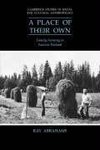

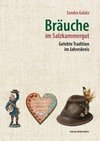
 Nemecký jazyk
Nemecký jazyk 